
As I translated from the Diccionario Larousse – Cocina: “Chiles en nogada is a traditional dish of the Mexican state of Puebla. The origin may be traced back to the 18th Century, and it is considered a Baroque recipe, due to the long list of very specific ingredients and the elaborate techniques involved in its preparation.”
Nothing says “Mexican homeland celebrations” as these delicious stuffed peppers, prominently because of the green parsley, white walnut sauce and red pomegranate seeds that ornate the plate, covering the peppers with Mexico’s national colours (photo at the top of the post), and also for the use of seasonal ingredients, regional to Puebla. The official chiles en nogada season usually begins in July, but the peak is definitely in August and September. There are three separate preparations involved: the stuffing, the walnut sauce, and the roasted Poblano peppers. The stuffed peppers may or may not be coated with batter (capeados), and the final assembly then takes place, where the dish is usually served at room temperature. As expected, very traditional recipes from Puebla call for strictly local ingredients, harvested and freshly prepared for the stuffed peppers. I was game to follow those recipes as close as possible, but I had no choice and needed to substitute several items; I will include notes of what the substitutions were, so the beauty of the original recipes is not lost in the adaptation. It might seem very involved, but it is well worth the effort, and the process becomes relatively simple if the stuffing is completed the night before.
Stuffed Peppers in Walnut Sauce
– Chiles en Nogada
Printable recipe: Chiles en nogada
Ingredients
10 large Poblano peppers
Stuffing:
1 lb (454 g) lean ground beef (original recipe uses hand-chopped cooked pork loin)
2 tbsp vegetable oil (original recipe uses lard)
½ onion, finely chopped
2 cloves garlic, minced
4 medium tomatoes, peeled and finely chopped
¼ cup parsley, finely chopped
1 Granny Smith apple; peeled, cored and chopped (original recipe uses Panochera apple)
1 Bartlett pear; peeled, cored and chopped (original recipe uses San Juan pear)
½ plantain (cooking banana); peeled, chopped and fried (see technique here)
1/3 cup raisins
1/3 cup almonds; peeled and chopped
1/3 cup dried apricots, chopped (original recipe uses 1 fresh Puebla orange peach, and ¼ cup crystallized biznaga cactus, called acitrón, currently an endangered species)
¼ tsp ground cinnamon (some recipes also use cloves and thyme)
½ tsp dried marjoram (some recipes use Mexican oregano)
¼ cup white wine (some recipes use Jerez)
Salt and pepper, to taste
Walnut sauce:
1 cup raw walnut pieces (original recipe uses fresh walnuts, brown membrane removed)
1 cup milk (some recipes use table cream)
1/3 lb (150 g) fresh goat cheese (Very old recipes claim the goats must be Poblanas!)
Salt, to taste
(Original recipe calls for 2 tbsp sugar, I omitted altogether)
To garnish:
1 pomegranate, seeds
Chopped parsley
I started with the stuffing the night before, by prepping all the ingredients on the list:



I heated the oil in a large pan, then the onion was sautéed until translucent; I added the garlic and parsley and cooked for another minute. The meat was added and cooked while stirring and breaking into pieces, until no longer pink (if using cooked pork, just stir until heated through). I added the tomatoes and continued stirring, to loosen any brown bits at the bottom of the pan; I let the preparation simmer for about 5 minutes, then incorporated the dried fruit and almonds:
After another five minutes, the fresh fruit and fried plantain were added to the pan; when everything was well incorporated, I sprinkled the spices over and poured the wine, adjusting the seasoning with one teaspoon of salt and just a dash of pepper:
The stuffing was ready, but I could not resist sampling; it turned out that it needed just another touch of salt. I reserved it, away from the heat:

While waiting for the stuffing to cool down, I decided to also prep the peppers. I roasted them, let them stand for a few minutes before peeling, and removed the seeds through an opening on the side of each pepper, without removing the stem (for detailed instructions click here):
When I finished, the stuffing was cool enough to start stuffing the peppers; I arranged the stuffed peppers in a single layer, in a large container with a lid, and placed them in the fridge until the next day.
In the morning, I let the stuffed peppers reach room temperature on the counter, while I prepared the sauce. For the sauce, I had raw walnut pieces, and I tried to peel the membrane by soaking in boiling water for 5 minutes before peeling; after about 20 minutes, I had managed to clean only six, seen on the right side of the photo below, next to a few unpeeled pieces:

When fresh, the peeled walnuts are almost pure white, so the resulting sauce is also white and very smooth. Since I was getting mostly a beige colour anyway, I decided not to peel the rest, and just blend the sauce for a little longer. All the sauce ingredients were processed in the blender for about three minutes. The sauce was very smooth, slightly off-white as expected, and I noticed the dark speckles from the walnut membranes. (However, when plated, it really looked just fine, and any differences in flavour were due to the fact that I was using shelled walnuts):
Note: Many traditional recipes prepare the peppers “capeados”, a technique where the stuffed peppers are fried after coating them with an egg batter. I chose not to apply it this time, but if using, this would be the time to do it (please check my recipe here.)
To assemble, place one stuffed pepper on a plate, completely cover with a generous amount of walnut sauce, then sprinkle with parsley and pomegranate seeds along the sides, to form bands of Mexico’s flag colours:
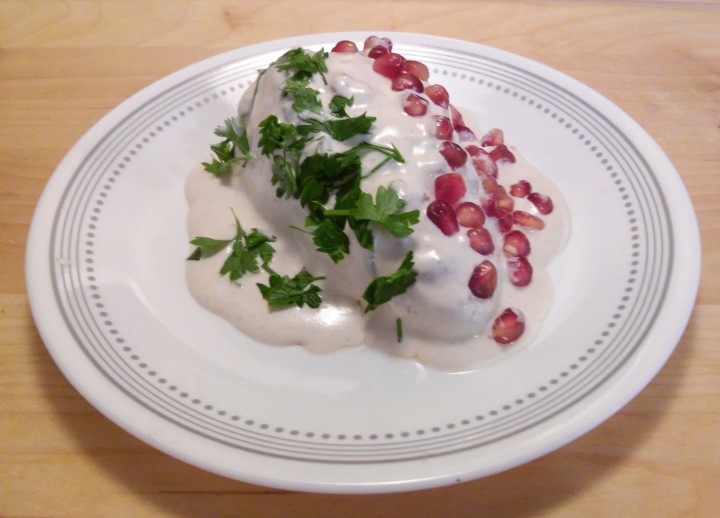
Moving away from tradition (forgive me, Puebla!), I made a few stuffed Cubanelle peppers (top pepper, photo below), which are completely mild, but are similar in shape to Poblanos (bottom pepper), and are suitable for roasting:

I served one stuffed Cubanelle with the walnut sauce and pomegranate seeds on the side, at my husband’s request:
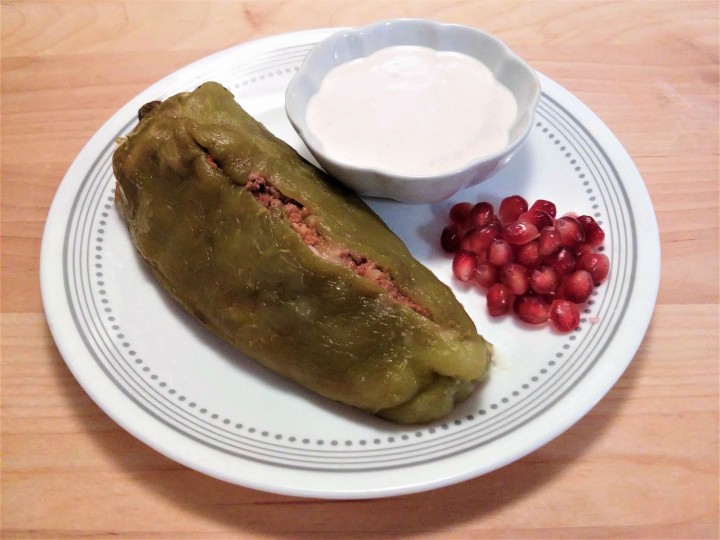
He did not care for the walnut sauce (too creamy for his taste; well, more for me!) However, he loved the perfect balance of flavours in the stuffing, which means this recipe is truly remarkable, since he is usually against fruit and nuts in savoury preparations. The plate had even more of a Mexican tri-colour pattern served this way so, hey, why not? ¡Viva la Patria! (Long live our homeland!)
I would like to dedicate this post to a very smart and talented friend, who has shared many adventures with me since our times in middle school. I asked her to name what she considered to be the most Mexican food/dish, and she mentioned chiles en nogada ¡Gracias, Adrianita linda!
A quick poll, for anyone who would like to participate (it would be so much fun to learn people’s points of view from all over the world!): Name what you consider the most Mexican: 1) food/drink; 2) beverage; and 3) symbol/object.
I am joining Tummy Tuesday hosted by Mary @ Cactus Catz

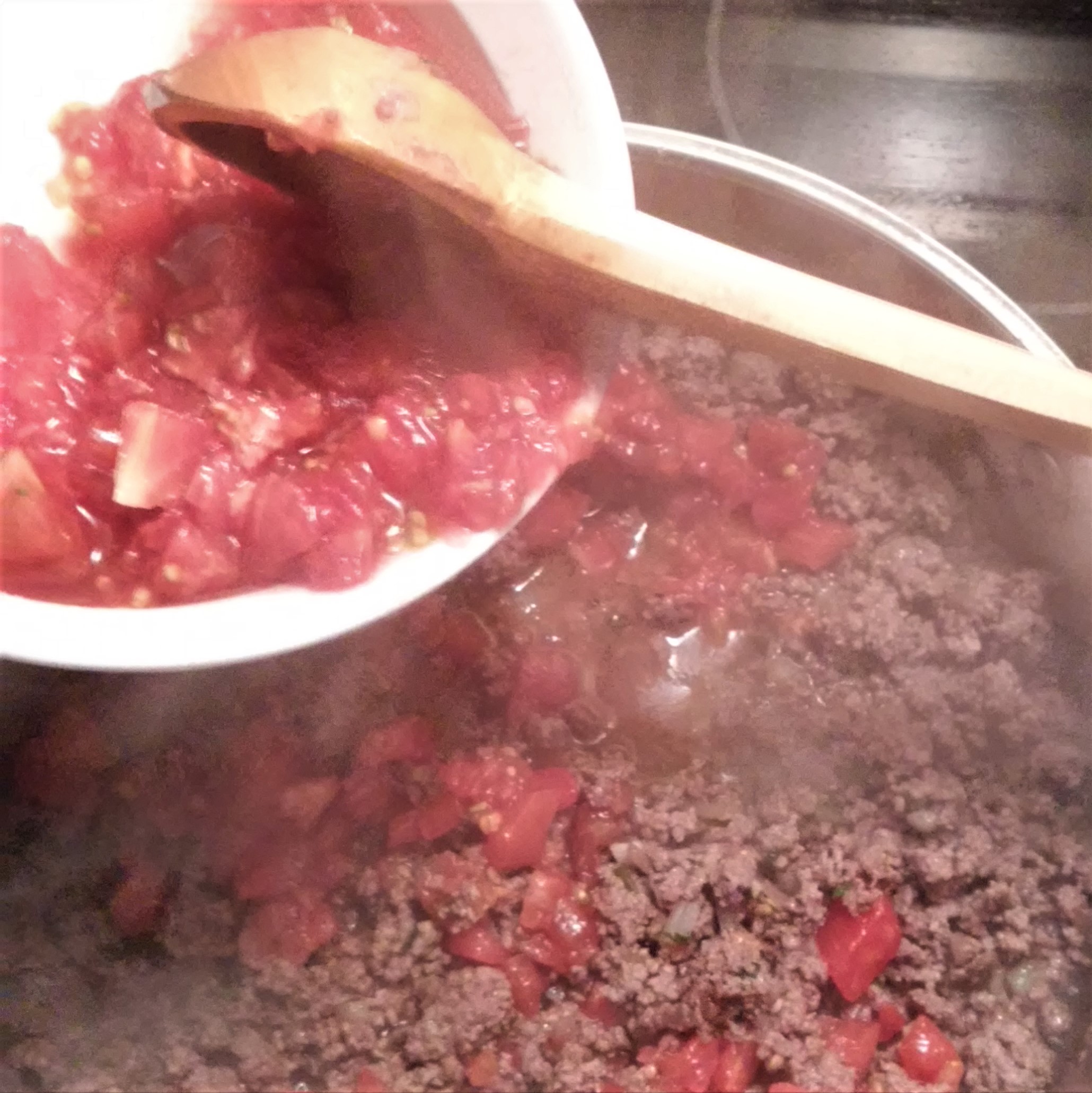
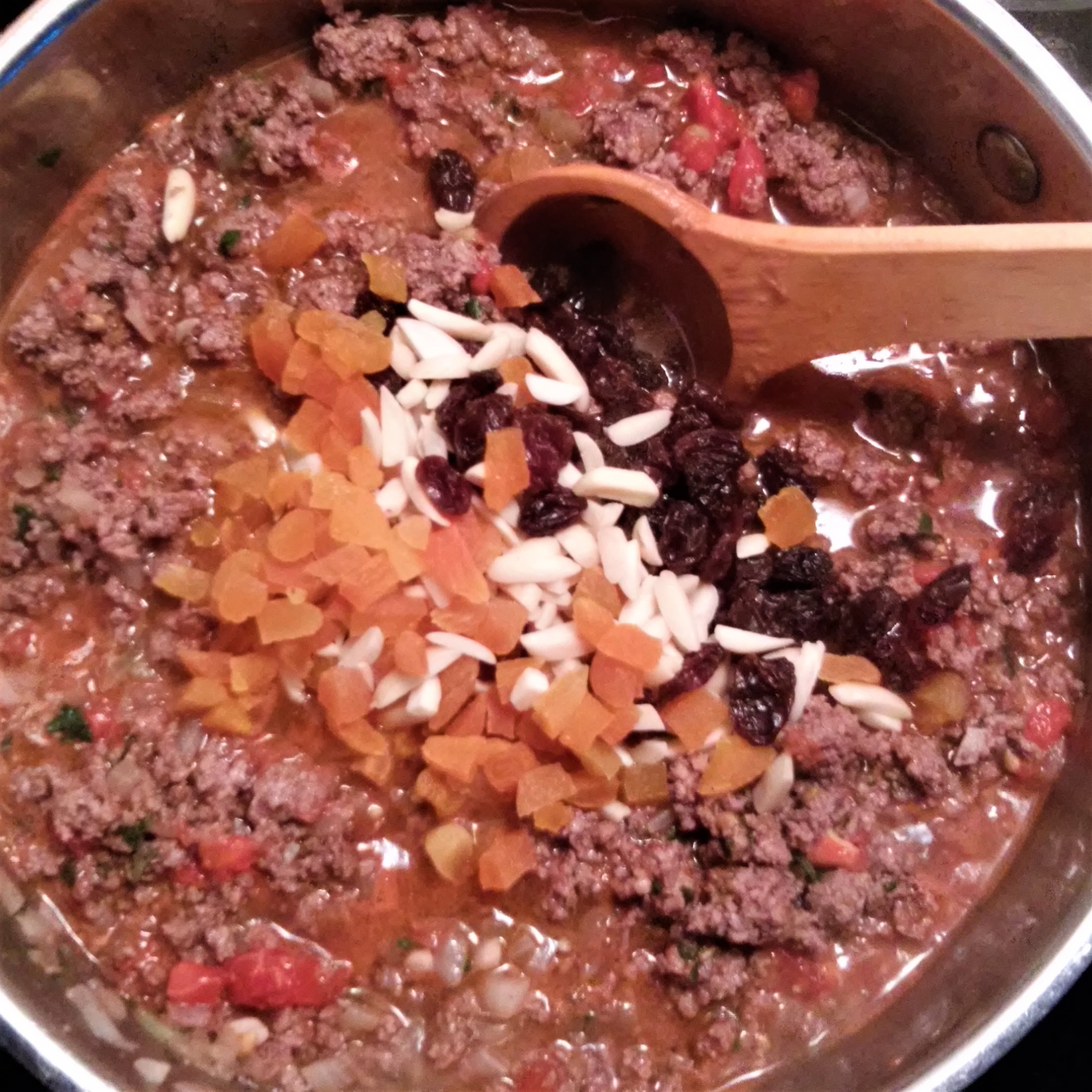
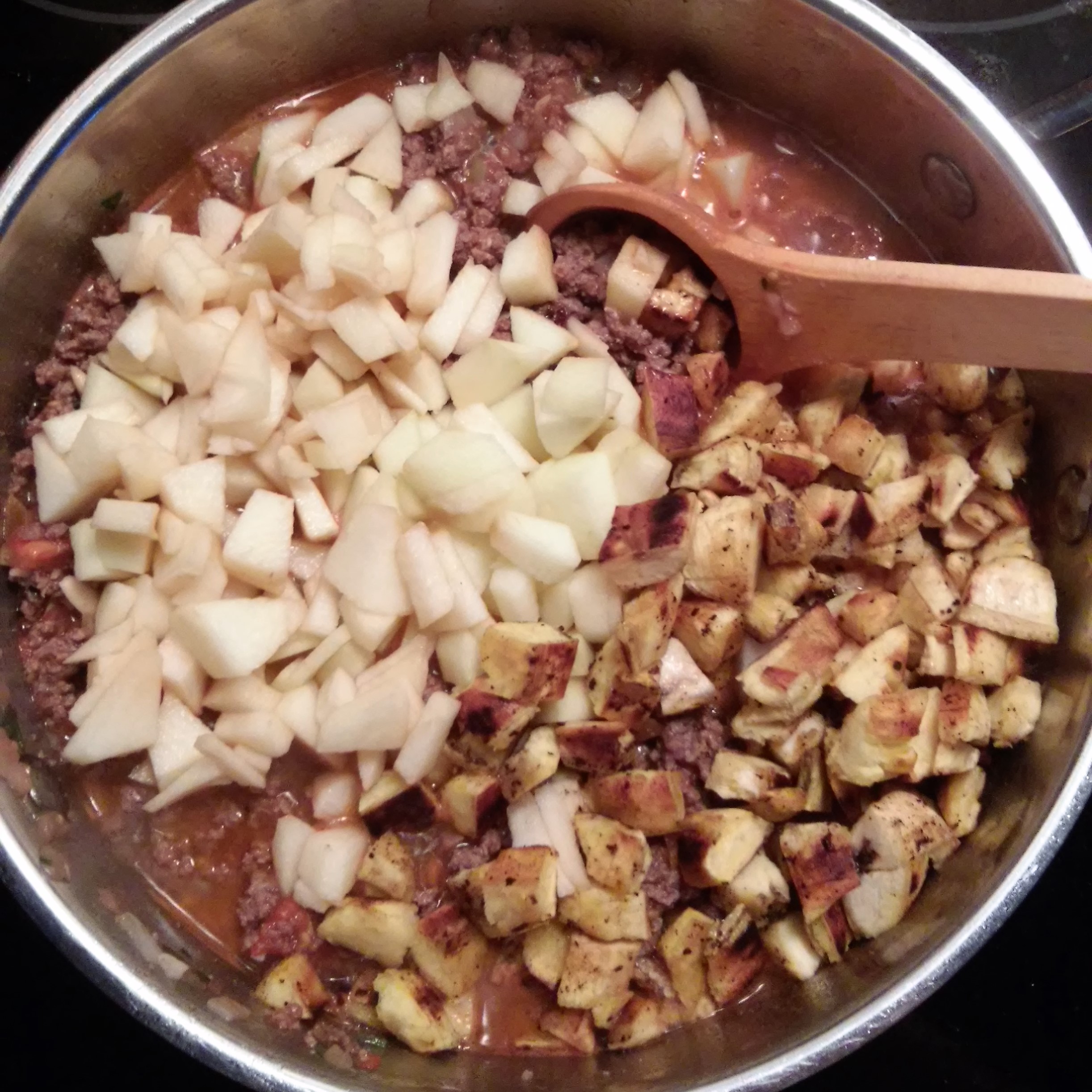
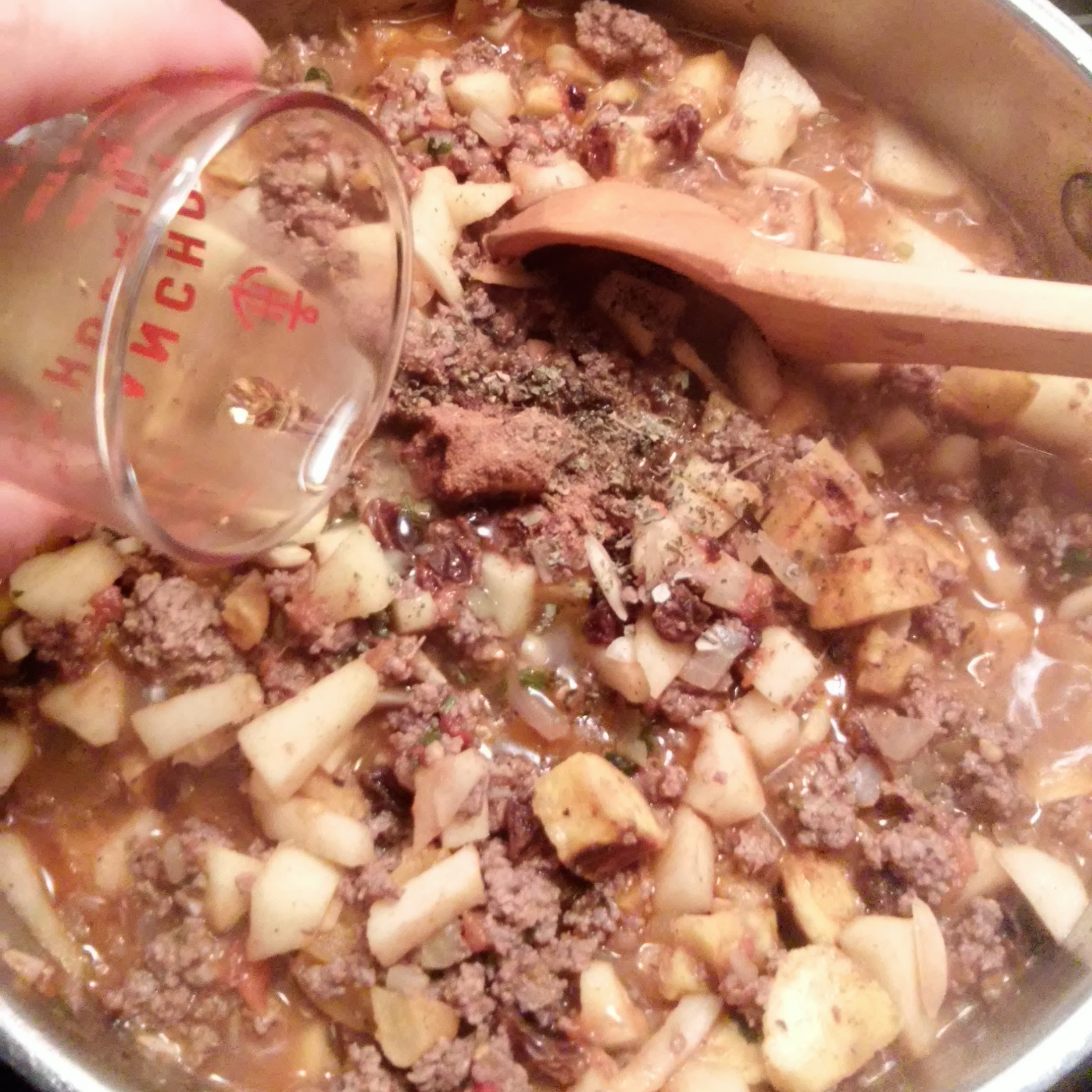
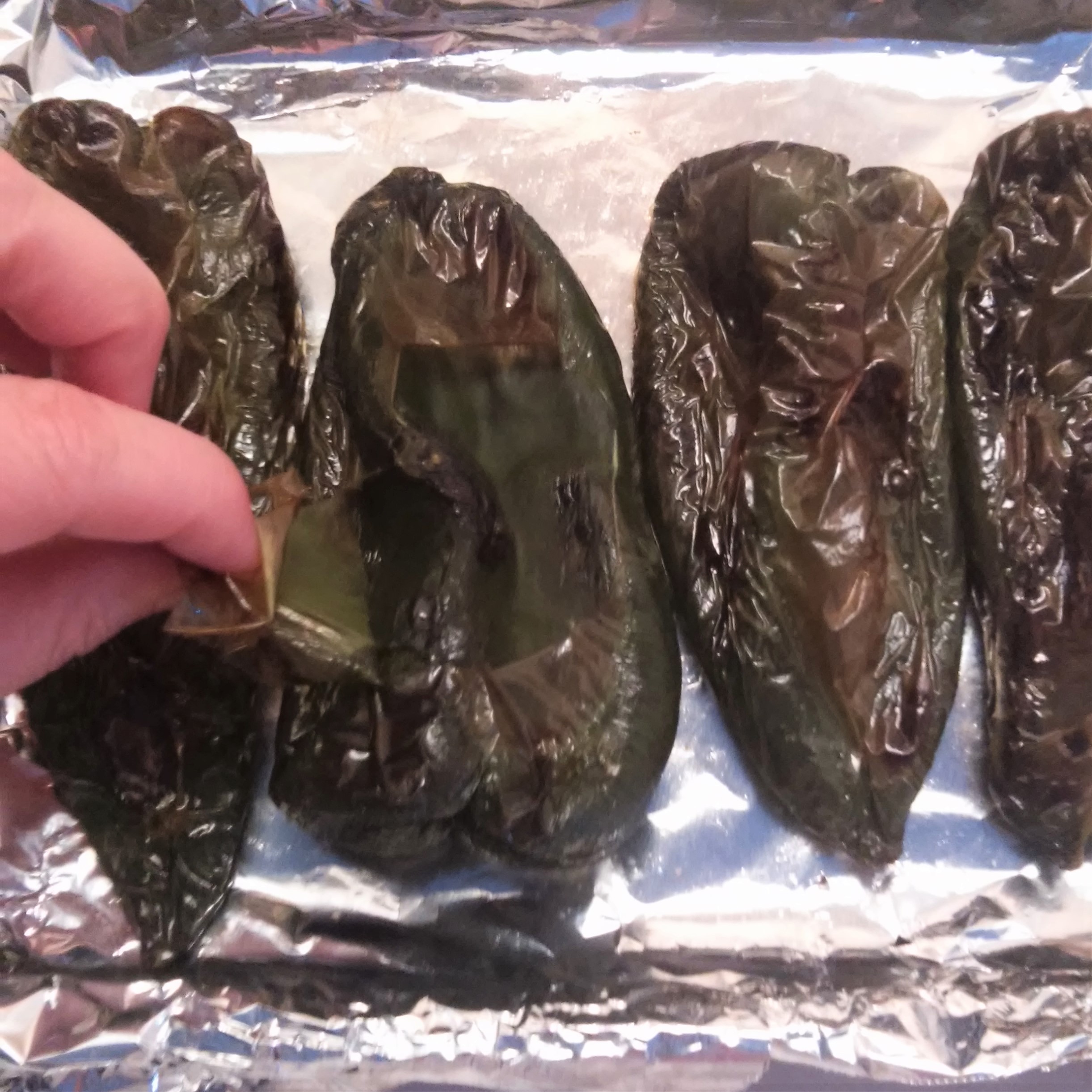
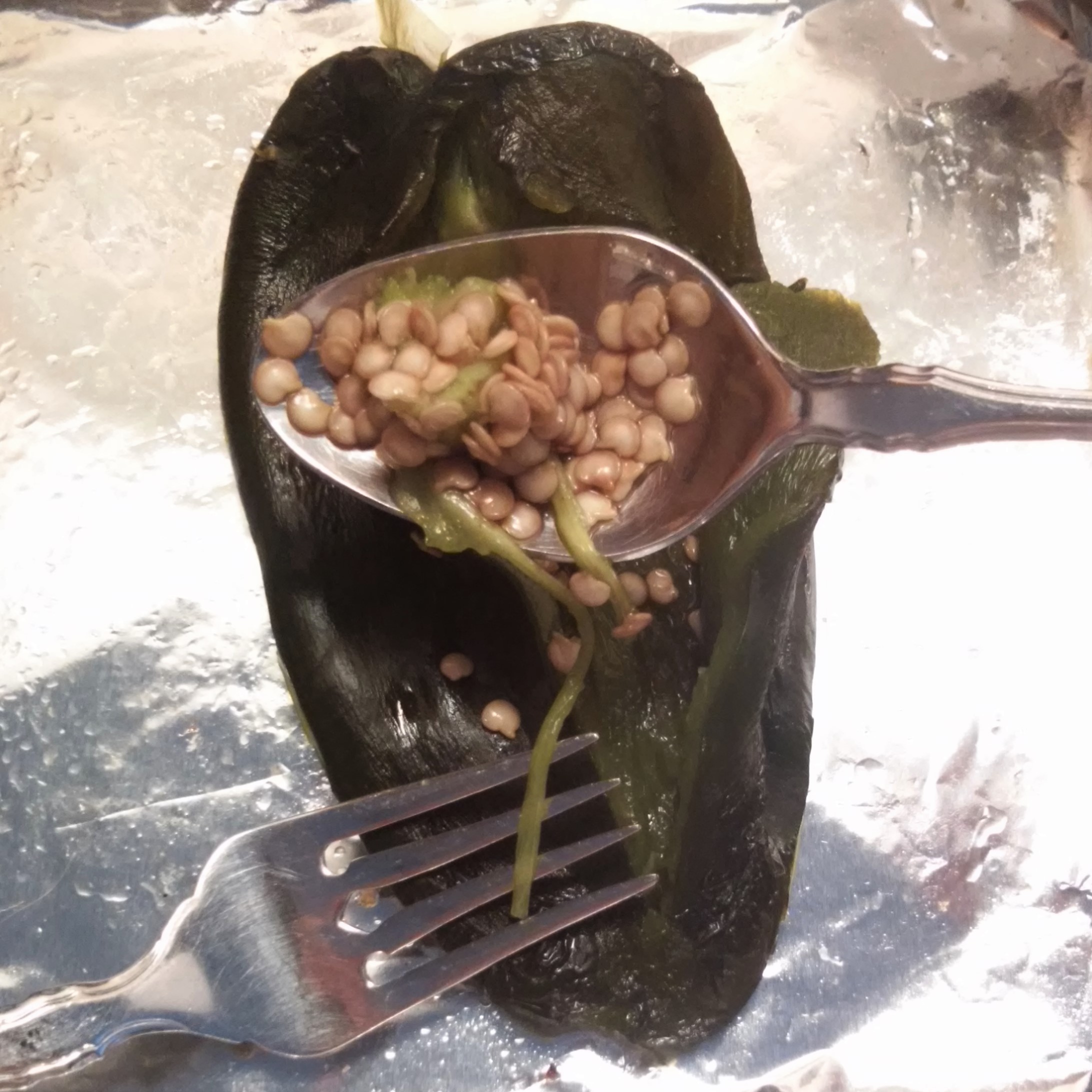
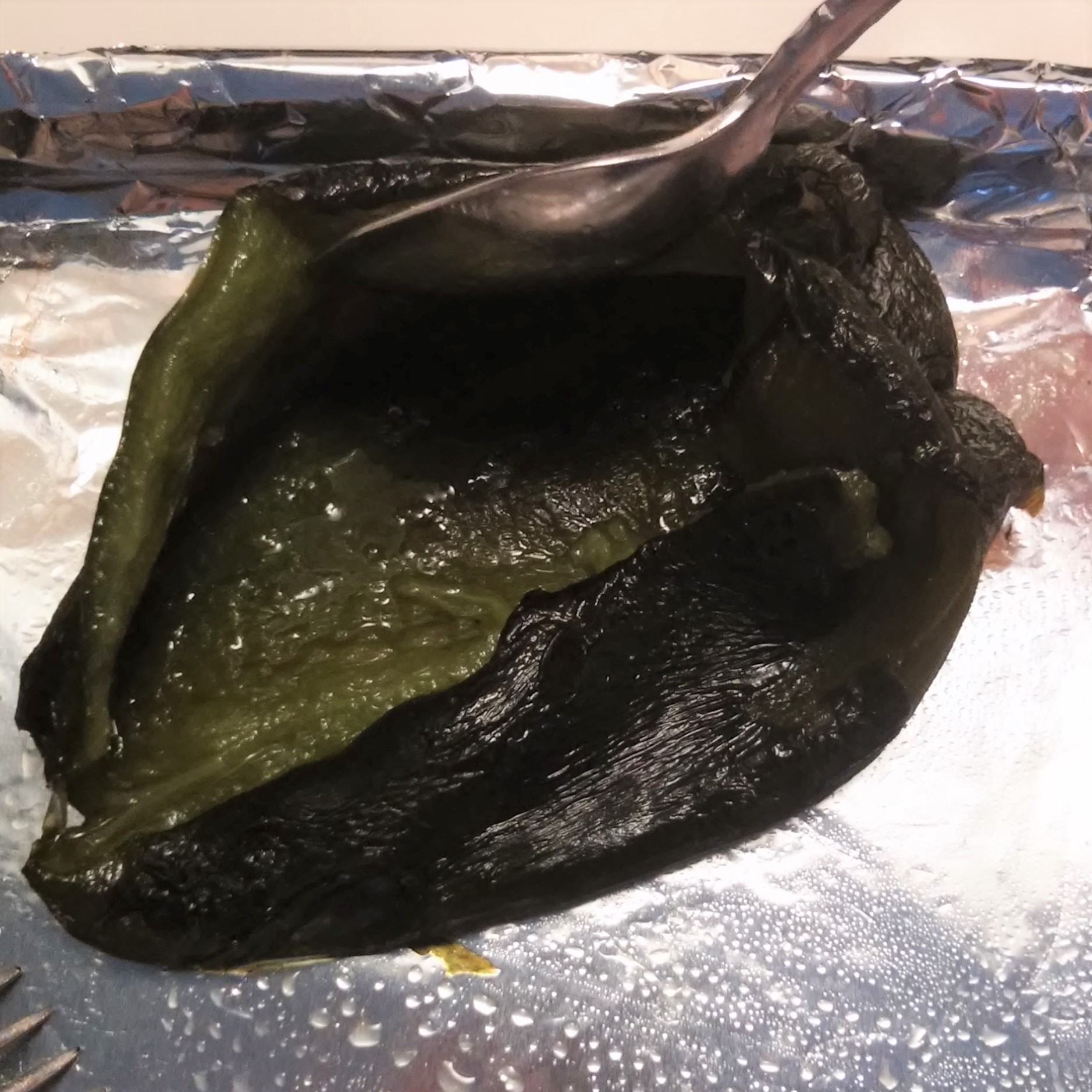
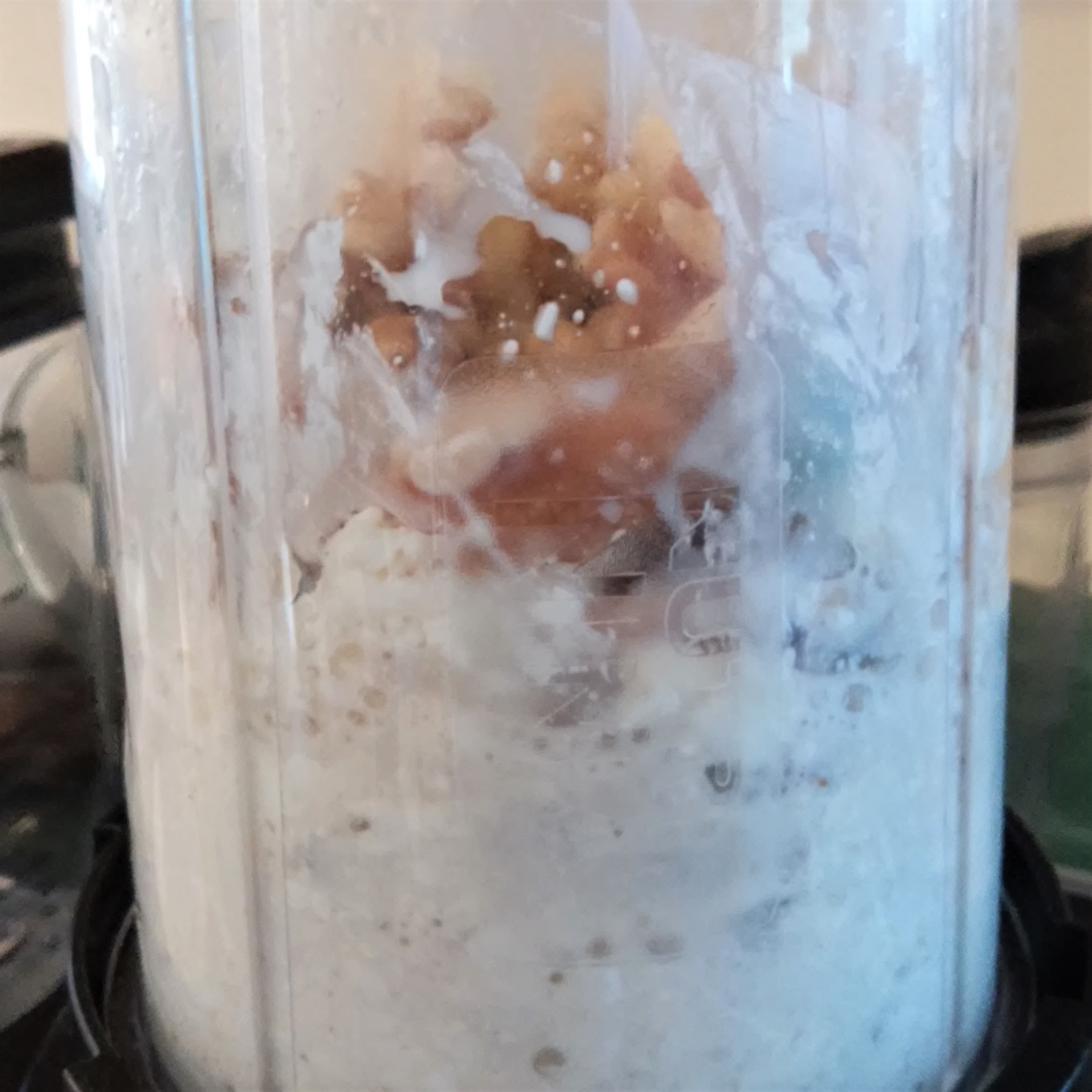








(1) because I’m having fun learning about it from your blog, and because I don’t know much about (2) and (3).
LikeLike
Thank you for your feedback! It means a lot to hear that you find my blog enjoyable; I shall report on the poll in a few days.
LikeLike
I love the way color is used in Mexican cooking. So fun! Thanks for adding this into Tummy Tuesday!
LikeLiked by 1 person
What a wonderful dish. The filling is outstanding, and the walnut sauce with goat cheese – you’re killing me with this!!! Cannot wait to make it! 1.mole 2. horchata (or is that spanish?!!) 3. sorry, but the sombrero!!!
LikeLiked by 1 person
Oh, chef Mimi, you are going to love it!
Thank you for your answers! Horchata is probably originally from Africa, and you are right, it came to Mexico via Spain, but the rice-based or melon-seed-based horchatas are Mexican; no apologies needed, I have got a couple more “sombrero” answers, one from a friend in Mexico, it is what it is, and Mexican hats are beautiful!
LikeLiked by 1 person
I wish I had a bigger group to cook for – ten peppers is a lot! But I will give it a try with a half-portion.
1) tortillas (though of course this is for all Latin America). 2) Tequila/Mezcal and 3) Indian temple
LikeLike
Yes, it is easy to adjust to smaller or bigger numbers; thank you for your answers!
LikeLiked by 1 person
Food: Chiles en nogada, for sure. Drink: Atole. Song: (I added this) Las Mananitas and Symbol: Sombrero or Katrina
LikeLike
Thank you, Judy, good idea with the song!
LikeLike